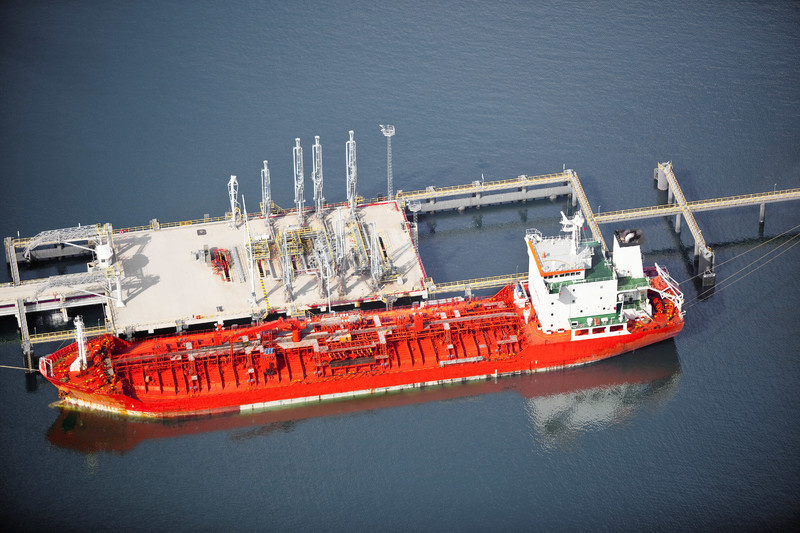A pro-active approach to cargo sampling on tankers could save millions of dollars in claims, as well as preventing delays, said Gard in a recent “Insight”. Disputes relating to “off-spec” or contaminated liquid cargoes were a recurring problem, the insurer said, noting that shipowners might have no independent evidence as to the cause of an alleged cargo contamination. “The source of the problem could be in the shore tank at the load port, in the shore pipeline during loading or on board the vessel itself. The cargo could even have been manufactured out of specification prior to delivery to the terminal for shipment”, Gard observed.
If cargo was found to be off-spec when the vessel arrived at the discharge port and there was no evidence of contamination from the load port, the vessel could be faced with a claim, even if the vessel was not at fault.
Samples drawn at the load port and retained on board showing that the condition of the cargo had not changed between loading and discharge provided the best defence against cargo claims, said Gard, noting that it was “therefore important that shipowners and operators implement proper procedures for taking, and retaining, own (duplicate) samples of all cargoes loaded on the vessel and train their crew in how to perform the sampling process”.
An experienced officer might even be able to identify a poor-quality sample by visual inspection alone, and early intervention might prevent an expensive claim arising later.
In a recent Gard case, a chemical carrier arrived at a terminal with its cargo tanks and lines cleaned and ready for loading. The vessel was inspected upon arrival and found to be suitable for the nominated cargo. No manifold samples were taken at the commencement of loading, but first foot samples were taken from the designated tanks that were being loaded.
Upon analysis of the first foot samples the cargo was found to be off-spec, resulting in stoppages and delays on the vessel’s account for further tank cleaning. The vessel was held responsible for contaminating the cargo. The cargo in the vessel’s tank was pumped back ashore and the vessel was instructed to leave the terminal to clean her cargo tanks and lines.
The chemical tanker returned to the terminal following cleaning operations and loading was resumed. On this occasion, manifold samples were taken and analysed and everything found to be in order. However, upon detailed analysis of the sample of the contaminated cargo, the cause of the contamination was suspected to be from the remains of the previous cargo in the shore tanks and lines. Given that there were no manifold samples on the first occasion, there was no way for the vessel to prove that the cargo received on the first occasion may have been contaminated prior loading.
In some Gard cases, even where a manifold sample had been taken at the start of loading, samples have been known to have been disposed of by the crew if they do not appear to be of the expected quality. A new sample is then drawn once the cargo quality appears as expected, and becomes the manifold sample “on record” as having been taken by the ship at first loading. Thus, the only evidence available in this instance would indicate that sound cargo was loaded and the evidence showing that the cargo had been contaminated ashore would have been lost. Gard said that “while this practice appears to be counterintuitive, it is nonetheless, prevalent”.
First foot samples should be taken to confirm that the vessel’s systems and pipes are clean. Gard said this was particularly important where sensitive and/or expensive cargoes were loaded.
Taking a final tank sample after completion of loading and prior to commencement of discharge would enable the vessel to determine the cause of any potential contamination on board. It could also be useful for the officer in charge to request specimens of samples taken by the terminal’s surveyor at the terminal’s manifold as well as samples from the shore tank and shore line. If the quality of the cargo samples from the ship and shore appeared to be different, loading should be ceased for further investigation.
Gard recommended that, to ensure the best possible defence of a cargo claim against the vessel, shipowners create awareness among the crew of the problems related to improper sampling and have in place written procedures describing the sampling process in detail. An improper sampling method could result in a poor-quality sample which is not necessarily representative of the cargo itself.
Story supplied by Insurance Marine News. If you would like a complimentary trial to the daily Insurance Marine News e-bulletin please email grant.attwell@insurancemarinenews.com.

